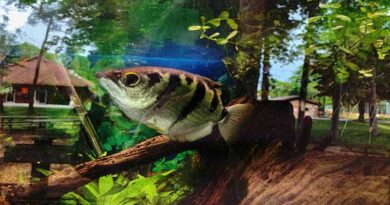Firewood Tips: The Best Burning Wood for Your Wood Stove or Fireplace
There is something about how the heat of a wood burning fire settles into your bones on a blustery winters day, but did you know that the wood you are burning can have an impact on how hot, fast or smokey your fire burns? What wood you burn in your indoor stove or fireplace can affect how much heat output you have, how fast you burn through your wood supply and how clean your chimney stays!
“All firewood is not created equal.”
If you are using your wood fire as your main heat source it is important to choose your wood with a few facts in mind.
One thing to consider is heat value – heat value (BTU’s) is the measurement of how hot certain woods burn and how much output a certain variety of wood has in comparison to another. The first tip is to choose clean, dry hardwood as your optimal heat provider.
Hardwoods such as Maple, Oak, Ash, Birch and many fruit trees offer dense wood that will give you a hot fire with longer burning time; they also have the least amount of pitch and sap and are cleaner to handle and burn. Pitch is a resinous sap carried in many types of softwood like Pine, Spruce, Fir, Cedar and Hemlock; pitch can make handling wood messy and can add buildup to your pipes and chimney over time.
Maple: Dry Maple wood is heavy, dense and offers long, steady burns – great for long overnight burning.
Oak: A dense hardwood that burns slowly and produces a lot of heat.
Ash: Burns steadily and is easy to split.
Birch: A good choice for quick heat – although must be very seasoned to reduce moisture content.
Apple: A hardwood that burns hot and long, with low flame levels and moderate smoke.
Other things to think of when choosing firewood: If you need to cut and split it, choosing to split while wood is ‘green’ or wet is actually easier than splitting it after drying. Wood that has freshly fallen from a live tree contains up to 50% moisture, and for burning purposes it is suggested that you season (dry) your firewood by splitting and stacking it out of the weather and rain for at least 6 months. Wood that steams or bubbles and hisses out of the cut ends while burning means it is not dry enough. Moisture should be 25% or less for an optimal clean burn.
Why should you not burn green or wet wood?
Burning wet wood can be a waste of fuel – imagine doing all the work of collecting, splitting and stacking to only receive 30% of the heat you were planning on. When wood is wet it requires extra energy to boil off the water. It can also be dangerous, burning wet wood or woods full of pitch and sap as it creates creosote – a flammable and sticky tar-like substance that builds up in your pipes and chimney; this build up can lead to chimney fires. If you have an open fireplace creosote can also build up on indoor surfaces and brickwork, creating lowered indoor air quality.
Kindling is a great tool to have on hand for quick fire starting, picking dry softwood like Cedar – when dry and cut small – offers a quick burning and easily igniting bridge between your flame source, and Cedar burns long enough for dense hardwood to ignite. While Cedar will not provide a long or hot enough burn to sustain heat output, it is a very aromatic and low smoke option for fire starting, Do Note: Cedar is known to pop and spark, this can be an issue with open burning fireplaces.
A great source for Cedar kindling is to contact a local sawmill and stock up on their ‘cutoffs’. Often you can load up on dry kindling for a minimal price, and you save yourself from chopping it all!
As someone who grew up in a wood burning household, and who now owns my own wood burning home – I can honestly say I wouldn’t trade the hard work of preparing for winter burning, or the cozy heat of a roaring fire for a simpler heat source.
Please remember – always buy local. It is important to only source firewood from your local geographical area, introducing and transporting firewood from somewhere outside of your area increases odds of spreading invasive pests and diseases to our local ecosystems.




